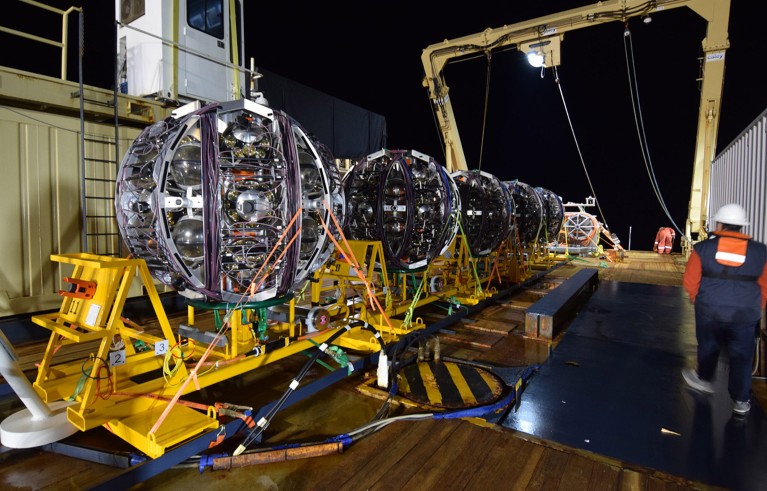- Courses
- GS Full Course 1 Year
- GS Full Course 2 Year
- GS Full Course 3 Year
- GS Full Course Till Selection
- Answer Alpha: Mains 2025 Mentorship
- MEP (Mains Enrichment Programme) Data, Facts
- Essay Target – 150+ Marks
- Online Program
- GS Recorded Course
- Polity
- Geography
- Economy
- Ancient, Medieval and Art & Culture AMAC
- Modern India, Post Independence & World History
- Environment
- Governance
- Science & Technology
- International Relations and Internal Security
- Disaster Management
- Ethics
- NCERT Current Affairs
- Indian Society and Social Issue
- NCERT- Science and Technology
- NCERT - Geography
- NCERT - Ancient History
- NCERT- World History
- NCERT Modern History
- CSAT
- 5 LAYERED ARJUNA Mentorship
- Public Administration Optional
- ABOUT US
- OUR TOPPERS
- TEST SERIES
- FREE STUDY MATERIAL
- VIDEOS
- CONTACT US
IIT Madras and ISRO Develop Indigenous Shakti-Based Semiconductor Chip
IIT Madras and ISRO Develop Indigenous Shakti-Based Semiconductor Chip
28-03-2025
In February 2025, the Indian Institute of Technology (IIT) Madras and the Indian Space Research Organisation (ISRO) have developed and successfully an indigenous aerospace-grade Shakti-based semiconductor chip, named IRIS (Indigenous RISC-V Controller for Space Applications).
About the IRIS Chip

- Foundation & Technology:
- The IRIS chip is based on the SHAKTI microprocessor, developed by IIT Madras.
- It utilizes the RISC-V architecture, an open-source processor technology.
- Developed under the ‘Digital India RISC-V’ (DIRV) initiative, backed by the Ministry of Electronics and Information Technology (MeitY).
- Predecessors & Evolution:
- IRIS is the third SHAKTI-based chip, following RIMO (2018) and MOUSHIK (2020).
- While RIMO and MOUSHIK were technology demonstrators, IRIS is optimized for performance and reliability.
Key Features of IRIS
- Designed for Space Applications:
- Supports ISRO’s command and control systems.
- Enhances reliability with fault-tolerant internal memories.
- Includes custom modules such as watchdog timers and advanced serial buses.
- Configured to meet the computing requirements of ISRO’s existing sensors and systems.
- Future-Ready & Scalable:
- Supports multiple boot modes.
- Provides hybrid memory/device extensions for future missions.
- Fully Indigenous Manufacturing:
- Conceptualized by IISU, Thiruvananthapuram.
- Designed & developed at IIT Madras.
- Fabricated at Semiconductor Laboratory (SCL), Chandigarh (180 nm technology node).
- Packaged by Tata Advanced Systems Ltd., Karnataka.
- Motherboard PCB manufactured in Gujarat; software developed and tested at IIT Madras.
Significance of IRIS
- Advances India’s ‘Make in India’ mission:
- Demonstrates India’s capability in end-to-end semiconductor design and fabrication.
- Strengthens India's position in the global semiconductor industry.
- Strategic Importance:
- Reduces dependence on foreign semiconductor technology.
- Enhances national security by indigenizing critical components for space missions.
- Enables the development of advanced microprocessor-based products.
- Applications Beyond Space:
- Can be utilized in launch vehicles, ground stations, IoT, and industrial IoT applications.
- Can be utilized in launch vehicles, ground stations, IoT, and industrial IoT applications.
Understanding RISC-V and SHAKTI
What is RISC-V?
- RISC-V (Reduced Instruction Set Computing - V) is an open-standard Instruction Set Architecture (ISA).
- Unlike proprietary ISAs, RISC-V is freely available for customization.
- Provides a flexible and cost-effective alternative to commercially available architectures.
India’s Contribution to RISC-V
- SHAKTI Series (IIT Madras): India’s first indigenous RISC-V microprocessors.
- VEGA Microprocessors (C-DAC): Another initiative to develop India’s microprocessor ecosystem.


